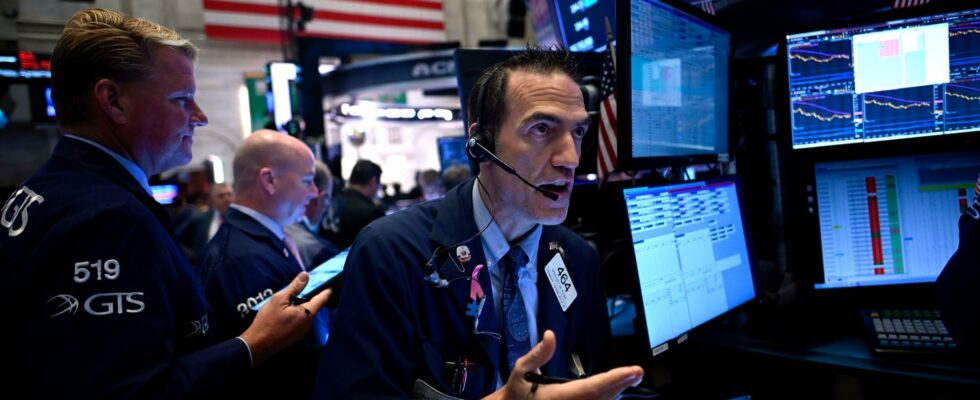Pollsters predicted a close election, but the result is unequivocal: Donald Trump won the American presidency hands down, with the popular vote. As for the Republicans, they largely regained the majority in the Senate but only retained it by a narrow margin in the House of Representatives. A near grand slam.
Unlike its first victory in 2016, this time market players know what to expect. “Trump is a well-known figure among investors who have favorable memories of his first term, which brought positive economic results,” summarizes Andrea Tueni, head of market activities at Saxo Banque France. The unexpected scale of this success was also well received by Wall Street, with a jump in the S&P 500 and the dollar the day after the election.
Inflationary risks
The Trump administration seems to be orienting its program around four major axes: protectionism, tax cuts, support for fossil fuels and deregulation. In this context, the energy, defense and manufacturing sectors as well as American SMEs should benefit. The technology sector could also benefit from this pro-business climate, supported by figures like Elon Musk, Trump ally and new minister of “government efficiency”, as well as by the rise of artificial intelligence and the economic opportunities that it arouses. Finally, banking stocks have everything to gain from deregulation projects.
This program, however, raises questions, particularly regarding the inflationary risks that it could generate due to new customs duties and protectionist measures. If inflation were to accelerate, the Federal Reserve (Fed) could be required to tighten its monetary policy to preserve price stability. “Investors should therefore anticipate a possible rise in long-term rates, as the Fed risks having to juggle between stimulating economic growth and controlling inflationary pressures,” underlines Johan Van Geeteruyen, at Degroof Petercam Asset Management. A situation traditionally not conducive to risky assets.
This new mandate also promises to be very different from that of 2016. The stock markets are at higher valuation levels than eight years ago. The S&P 500 index displays a ratio close to 28 times earnings, compared to a multiple around 16 in 2016. Above all, Trump inherits a situation marked by the deficits left by the Biden administration after the post-stimulus plans. -Covid. “The question of public finances will arise, even with a Republican Congress, as well as that of the debt, its cost and the reaction of the rating agencies,” warns Alexandre Baradez, head of market analyzes at IG.
Geopolitical tensions and safe havens
This election also takes place in a tense international context, marked by the conflict in Ukraine and tensions in the Middle East, which add to geopolitical uncertainty. The tightening of United States military support for Ukraine could certainly reduce American spending, but also destabilize Eastern Europe. Likewise, the tightening of sanctions against Iran could worsen the situation in the region. As a result, Trump’s return to business should favor safe havens like gold and the US dollar.
Conversely, European values risk suffering, particularly in the luxury, agri-food and automobile sectors, particularly affected by increases in customs tariffs. Stocks less sensitive to international trade, such as community service companies (“utilities”) and telecoms, could on the other hand constitute a welcome diversification.
The return of Trump opens an uncertain horizon, between growth potential in the United States and the risks of inflation and geopolitical tensions. In this context, agility and prudence remain investors’ best allies, at least in the short term, in the face of a president renowned for his unpredictability.
.
